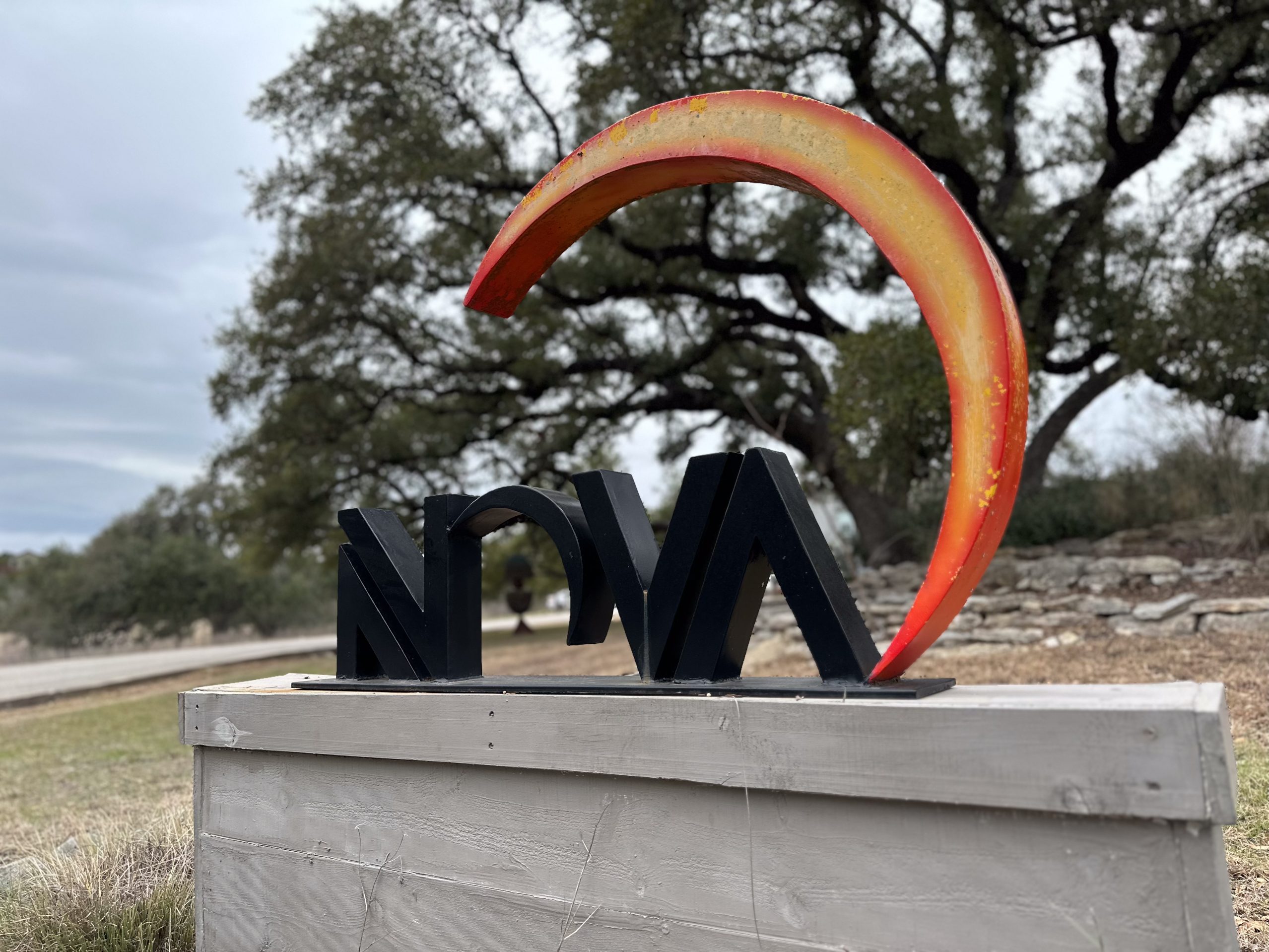Meloxicam (Mobic): Uses, Dosage, Side Effects, Interactions & Safety
GET HELP TODAY!
100% Confidentiality Guaranteed


Meloxicam Overview: Key Facts About Uses, Dosage, Side Effects, and Safety
Meloxicam (Mobic) is a prescription NSAID used to relieve pain and inflammation in osteoarthritis, rheumatoid arthritis, and juvenile idiopathic arthritis.
Typical adult dosing is 7.5–15 mg once daily (tablets/ODT/suspension) or 5–10 mg daily (capsules), with a long half-life supporting once-daily use.
Carries boxed warnings for cardiovascular events and gastrointestinal bleeding; should be used at the lowest effective dose for the shortest time.
Interacts with blood thinners, ACE inhibitors, ARBs, diuretics, SSRIs, alcohol, and other NSAIDs—consult your healthcare provider before combining.
Avoid use after 20 weeks of pregnancy (risk of fetal kidney issues/low amniotic fluid) and especially near 30 weeks (risk of ductus arteriosus closure).
What Is Meloxicam (Mobic)?
Meloxicam is a prescription nonsteroidal anti‑inflammatory drug (NSAID) used to relieve pain and inflammation in osteoarthritis (OA), rheumatoid arthritis (RA), and juvenile idiopathic arthritis (JIA). It’s sometimes known by the brand Mobic, among others. Like other NSAIDs, it treats symptoms (pain, swelling, stiffness) but doesn’t cure arthritis.
Meloxicam is considered preferential for COX‑2 at typical doses (more anti‑inflammatory activity with potentially less GI irritation than nonselective NSAIDs), but it still carries the class risks shared by NSAIDs.










Free Meloxicam Assessment
This quick, confidential self‑check helps you reflect on how you’re using meloxicam (Mobic) and whether any safety risks or misuse patterns might be present. It is not a diagnosis or a substitute for medical advice.
Fast facts (at a glance)
Meloxicam is a prescription NSAID (not an opioid)
-
Class: NSAID (COX‑2–preferential)
-
Indications: OA, RA, JIA (≥2 years; formulation‑specific)
-
Typical adult doses: 7.5–15 mg once daily (tablet/ODT/suspension) or 5–10 mg for capsule formulations; max 15 mg/day (tablets/ODT) or 10 mg/day (capsules).
-
Onset: Oral forms often need several days for full effect; IV forms act faster.
-
Half‑life: ~20 hours (supports once‑daily dosing).
-
Boxed warnings: ↑ risk of cardiovascular thrombotic events and GI bleeding/ulceration.
-
Pregnancy: Avoid at 20 weeks or later (oligohydramnios/renal issues), and around 30+ weeks (ductus arteriosus closure).
How meloxicam works (mechanism)
Meloxicam inhibits cyclooxygenase (COX) enzymes to reduce prostaglandin synthesis—lowering inflammation, pain, and fever. At common doses it preferentially inhibits COX‑2 more than COX‑1, which is one reason it can be once daily and sometimes gentler on the stomach than older NSAIDs; however, serious GI and CV risks still apply.
Who meloxicam is for (indications & who should avoid it)
Adults: OA and RA symptom relief. Start 7.5 mg once daily; may increase to 15 mg if needed. Capsules may start at 5 mg daily (max 10 mg). Use the lowest effective dose for the shortest duration.
Children: Certain formulations cover JIA; dosing and eligibility are formulation‑specific and require pediatric guidance.
Avoid / use extreme caution if you have:
A history of GI bleeding/ulcers, active GI disease, or NSAID hypersensitivity.
Recent coronary artery bypass graft (CABG)—NSAIDs are contraindicated in the peri‑operative setting.
Severe kidney or liver issues, uncontrolled hypertension, or heart failure without close medical oversight.
Forms & strengths
Tablets/ODT (Qmiiz ODT): commonly 7.5 mg and 15 mg (ODT dosing aligns with tablet dosing).
Capsules (Vivlodex): typically 5 mg and 10 mg once daily.
Oral suspension: concentration varies by product; follows tablet dosing ranges.
IV meloxicam (e.g., Anjeso, Xifyrm) used in certain peri‑operative contexts; not a routine outpatient option. Do not combine with oral NSAIDs unless instructed.
Availability of specific brand names can change by market and year; generics are widely used in the U.S.
Dosing & how to take meloxicam
Adults (OA/RA): Start 7.5 mg once daily; may increase to 15 mg once daily if needed (tablets/ODT/suspension). Max 15 mg/day. For capsules, typical dosing is 5–10 mg once daily with a max 10 mg/day.
With food? You can take it with or without food; many patients prefer with food to reduce stomach upset. Take it at the same time daily.
Missed dose: Take it when remembered unless it’s close to the next dose—don’t double.
Do not combine with other NSAIDs (e.g., ibuprofen, naproxen, aspirin at analgesic doses) unless your prescriber advises it.
Meloxicam Half‑Life & How Long It Lasts
For oral meloxicam, some relief can occur within 24 hours, but the full effect often takes several days; steady‑state is typically reached in 3–5 days due to its ~20‑hour half‑life. IV meloxicam (hospital setting) works faster.
Side effects & safety
Common side effects
tomach upset, heartburn, nausea, dizziness, headache, edema (swelling). Serious but less common effects include GI bleeding/ulcer, heart attack/stroke, kidney problems, liver injury, and allergic reactions. Seek urgent care for chest pain, shortness of breath, slurred speech, black/tarry stools, vomiting blood, little/no urine, severe rash, or facial swelling.
Boxed warnings (class risks)
Cardiovascular thrombotic events: NSAIDs may increase risk of MI and stroke, which can be fatal, especially with long use or in those with CV disease.
GI bleeding/ulceration/perforation: Can occur without warning, at any time; older adults are at higher risk.
Kidney & blood pressure
NSAIDs may reduce renal blood flow and raise blood pressure; risk is higher with dehydration, diuretics, ACE inhibitors/ARBs, or existing kidney disease. Monitor if you’re on these meds.
Liver
Periodic monitoring may be recommended in long‑term use. Stop and contact your clinician for signs of liver injury(yellowing skin/eyes, dark urine).
More Time. More Joy. More You. Start Now.
WE ACCEPT MOST INSURANCES







Interactions: what to avoid with meloxicam
Other NSAIDs & aspirin (analgesic doses): ↑ bleeding/GI risk—generally don’t combine without instruction.
Anticoagulants/antiplatelets (e.g., warfarin, apixaban, clopidogrel): ↑ bleeding risk.
ACE inhibitors/ARBs & diuretics (“triple whammy”): ↑ kidney injury risk and may blunt BP‑lowering effect.
SSRIs/SNRIs, corticosteroids: further ↑ GI bleeding risk; use cautiously.
Alcohol: raises GI bleeding risk; avoid or limit.
Can I take meloxicam with Tylenol (acetaminophen)?
Generally yes—they work via different pathways and are often combined when appropriate. Ensure total acetaminophen ≤3,000–4,000 mg/day (varies by patient). Always confirm with your clinician.
Meloxicam, pregnancy & breastfeeding
Pregnancy: The FDA recommends avoiding NSAIDs at 20 weeks’ gestation or later due to fetal kidney problems and low amniotic fluid (oligohydramnios). Also avoid around 30+ weeks because NSAIDs can cause premature closure of the fetal ductus arteriosus. If NSAIDs must be used between 20–30 weeks, use the lowest effective dose for the shortest time, with obstetric guidance.
Breastfeeding: Data are limited; discuss risks/benefits with your clinician. (Refer to product labeling for specifics.)
Meloxicam vs Ibuprofen vs Naproxen vs Celecoxib (quick compare table)
Meloxicam vs ibuprofen
Meloxicam is prescription‑only and long‑acting (once daily). Ibuprofen is OTC (most forms) and often dosed 3–4 times/day. “Stronger” depends on context; some sources consider meloxicam more potent and convenient for chronic arthritis, while both carry similar class risks.
Meloxicam vs naproxen
Meloxicam’s once‑daily convenience and COX‑2‑preferential profile can make it easier on the stomach for some patients, but CV and GI risks persist. Naproxen is usually twice daily and non‑selective (COX‑1/COX‑2). The “better” drug depends on your medical profile—decide with your clinician.
Can I pair meloxicam with acetaminophen?
Yes, often used together (under guidance) to avoid doubling up on NSAIDs.
When to take it (morning or night?)
You can take meloxicam at any consistent time of day; many people choose with a meal to minimize upset stomach. Pick a time you’ll remember and keep it consistent.
Is Meloxicam a Narcotic or Controlled Substance?
No. Meloxicam is an NSAID, not an opioid or controlled substance. It does not produce euphoria and is not considered addictive. Risks relate to cardiovascular/GI/kidney effects, not dependence.
Freedom Starts Here. Take Back Your Life Today.
Same-Day Admissions in Austin Available.
How long can I take meloxicam?
Use lowest effective dose for the shortest possible duration. For chronic conditions like OA/RA, clinicians often reassess regularly, checking blood pressure, kidney function, and GI risk, especially if combined with ACE inhibitors/ARBs, diuretics, anticoagulants, or steroids.
Is meloxicam a narcotic? Is it addictive?
Most treatment centers and rehab programs accept insurance. If you don’t have coverage, options include:
Practical “do & don’t” checklist
Do
Take exactly as prescribed; keep doses once daily and consistent.
Consider taking with food if your stomach is sensitive.
Tell your clinician about all meds/supplements, especially blood thinners, BP meds, diuretics, SSRIs/SNRIs, steroids.
Watch for red‑flag symptoms (chest pain, shortness of breath, black stools, severe abdominal pain, swelling, minimal urine).
Don’t
Double‑dose if you miss a pill.
Combine with other NSAIDs unless your clinician tells you to.
Use in pregnancy ≥20 weeks (and especially ≥30 weeks) unless specifically directed.
Drink heavily with meloxicam (↑ GI bleeding risk).
Pharmacokinetics
Half‑life ~20 h, reaching steady state in about 3–5 days, which supports once‑daily dosing.
Mechanism: COX‑2–preferential inhibition lowers pro‑inflammatory prostaglandins.
Storage & handling
Store at room temperature away from moisture/heat. Keep out of reach of children; use a medicine organizer if your prescriber approves. (See your product insert for exact instructions.)
How Nova Recovery Center Helps Individuals Struggling With Meloxicam Addiction and Abuse
At Nova Recovery Center, we understand that medications like meloxicam, while effective for managing pain and inflammation, can sometimes be misused or contribute to harmful patterns of dependence. Our team provides comprehensive assessments to uncover not only the physical risks of overuse but also the underlying emotional and behavioral factors that drive addiction. With evidence-based treatment plans, clients receive structured therapies that address both the misuse of meloxicam and co-occurring mental health conditions. Our long-term rehab programs emphasize accountability, relapse prevention, and healthy coping strategies so that individuals no longer feel the need to rely on substances for relief. Clients benefit from a full continuum of care, including residential treatment, intensive outpatient programs, and sober living options for ongoing support. We also provide family education to rebuild trust and create a supportive recovery environment at home. By focusing on holistic healing—mind, body, and spirit—we guide clients through detox, rehabilitation, and aftercare with compassion and expertise. At Nova Recovery Center, lasting recovery from meloxicam addiction and abuse is possible, and our goal is to help every client achieve a healthier, more fulfilling life free from dependence.
Get help today. Reach out now to start your path to healing.
Meloxicam FAQs: Answers to the Most Common Questions About Uses, Dosage, Side Effects, and Safety
How long does meloxicam take to start working?
Some people notice relief within 24 hours, but optimal effect often takes several days; IV forms act faster.
What’s the usual meloxicam dose for adults with arthritis?
Typically 7.5 mg once daily; may increase to 15 mg if needed (tablets/ODT/suspension). Capsules often start at 5 mg(max 10 mg). Use the lowest effective dose.
Is meloxicam stronger than ibuprofen?
It’s prescription‑only and long‑acting. Some sources consider it more potent for chronic arthritis, but “better” depends on your situation.
Can I take meloxicam with Tylenol (acetaminophen)?
Often yes, because they work differently. Confirm dosing and liver risks with your clinician.
Can I drink alcohol while taking meloxicam?
It increases GI bleeding risk—limit or avoid alcohol.
What’s the best time of day to take meloxicam—morning or night?
Any time is fine if you take it consistently; many prefer with a meal.
Is meloxicam safe for long‑term use?
Long‑term use requires periodic monitoring due to CV, GI, and kidney risks. Your prescriber will weigh benefits vs risks.
Is meloxicam a narcotic or addictive?
No. It’s an NSAID, not an opioid and not addictive, though it carries important safety risks.
What should I avoid while taking meloxicam?
Avoid combining with other NSAIDs, be cautious with blood thinners, ACE inhibitors/ARBs, diuretics, SSRIs/SNRIs, and alcohol—speak to your clinician.
Is meloxicam safe during pregnancy?
Avoid NSAIDs at 20 weeks or later (fetal kidney/low amniotic fluid) and around 30+ weeks (ductus arteriosus closure). Discuss alternatives.

